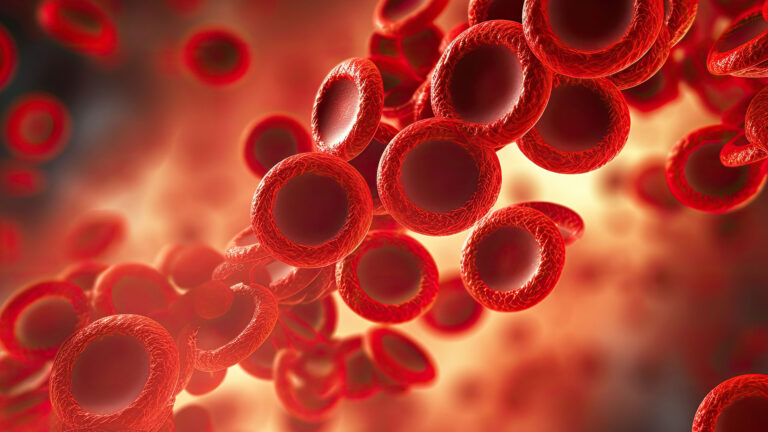PRP vs Spinal fusion, what you should know. Spinal fusion can cost over $75,000, require months of recovery, and often lead to permanent loss of spinal flexibility. But what if your back could heal using your body’s own regenerative powers? Platelet-Rich Plasma (PRP) offers a non-surgical, biologic approach that may be a safer and more effective spinal fusion alternative. If you’re suffering from chronic back pain and researching your options, understanding how PRP works compared to traditional surgery is a crucial step in making an informed decision.
What Is PRP?
Platelet-Rich Plasma (PRP) is a cutting-edge regenerative treatment derived from your own blood. A small blood sample is drawn and spun in a centrifuge to isolate a high concentration of platelets and growth factors. This PRP solution is then carefully injected into damaged tissues in your spine—such as discs, ligaments, or joints.
Once injected, PRP stimulates the body’s natural healing response. It reduces inflammation, promotes tissue regeneration, and can help restore normal function—especially in cases of degenerative disc disease or chronic ligament strain. For many, PRP for back pain is a minimally invasive alternative to surgery that allows the body to repair itself without permanent structural changes.
What Is Spinal Fusion?
Spinal fusion surgery is a major procedure that permanently connects two or more vertebrae using screws, rods, and bone grafts. The goal is to eliminate painful motion between vertebrae, typically due to severe disc degeneration, spinal instability, or deformity.
However, while fusion can provide short-term relief, it often comes at the cost of reduced flexibility and mobility. The procedure is irreversible and may increase stress on surrounding spinal segments, potentially leading to further degeneration over time. For many patients, it can be a high-cost, high-risk solution that may not be necessary for all forms of back pain.
Key Comparison: PRP vs Spinal Fusion Surgery
| Feature | PRP Therapy | Spinal Fusion Surgery |
|---|---|---|
| Invasiveness | Minimally invasive injection | Major surgery under anesthesia |
| Recovery Time | 24–72 hours | 6–12 weeks (often longer) |
| Risk of Complications | Very low | Moderate to high (infection, re-op) |
| Pain Reduction | Gradual improvement (4–8 weeks) | Immediate but often temporary |
| Repeatability | Can be repeated safely | Once done, irreversible |
| Cost (Average) | $1,500–$3,500 | $60,000–$120,000 |
Evidence-Based Results of PRP for Spine Care
Unlike surgery, PRP works at the cellular level to help restore tissue health and reduce pain. Clinical studies have shown that platelet-rich plasma spine therapy can:
- Reduce discogenic pain by stimulating disc tissue regeneration
- Decrease ligament inflammation and support stabilization
- Relieve nerve root irritation without altering spine structure
- Improve functional outcomes with a lower risk profile
PRP is especially promising for patients with mild to moderate degenerative disc disease, facet joint syndrome, or ligament laxity who have not yet had surgery or who wish to avoid it altogether.
Benefits of PRP Therapy
- ✅ Minimally invasive – No incisions or hardware
- ✅ Faster recovery – Most patients return to light activity within 48–72 hours
- ✅ Natural healing – Uses your body’s own regenerative cells
- ✅ Customizable and repeatable – Safe to repeat if needed
- ✅ Significantly lower cost than surgery
- ✅ Preserves spinal mobility – No fusion, no stiffness
For patients seeking a spinal fusion alternative, PRP offers a compelling option that prioritizes healing over hardware.
Is PRP Right for You?
PRP might work for you if:
- You have chronic lower back pain due to disc degeneration, ligament strain, or facet joint issues
- You want to avoid or delay spinal surgery
- You’ve tried physical therapy, medications, or injections with limited relief
- You’re in overall good health and prefer a natural approach to healing
Every spine is different, and PRP is not a cure-all. However, for many patients, it can offer relief without the risks and long-term consequences of fusion surgery.
The Bottom Line
When comparing PRP for back pain to spinal fusion surgery, the differences are clear. PRP offers a minimally invasive, cost-effective treatment option with fewer risks, faster recovery, and lasting regenerative benefits. While spinal fusion remains necessary for some severe cases, many patients with chronic back pain are finding relief through platelet-rich plasma spine therapy—often avoiding the need for invasive surgery altogether.
At Dr. A Disc Care, we specialize in advanced regenerative therapies designed to heal—not just mask—your pain. If you’re exploring non-surgical alternatives to spinal fusion, schedule a consultation to see if PRP is right for your spine. We offer other spine treatments such as Ozone Therapy as well. View more about our facility.
Contact Us
Send us an email
Questions? Submit the contact form to get in touch with us or schedule an appointment.




